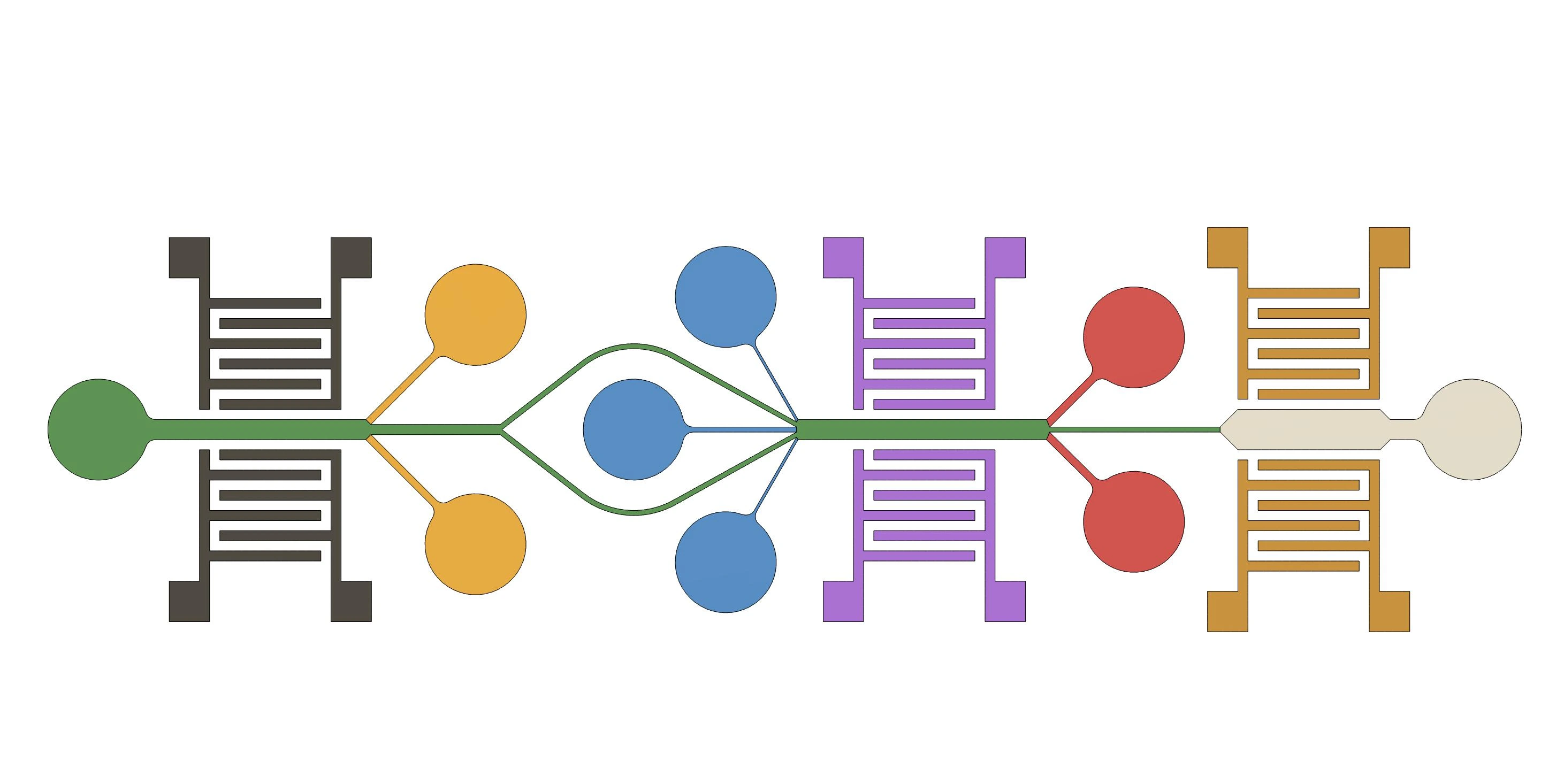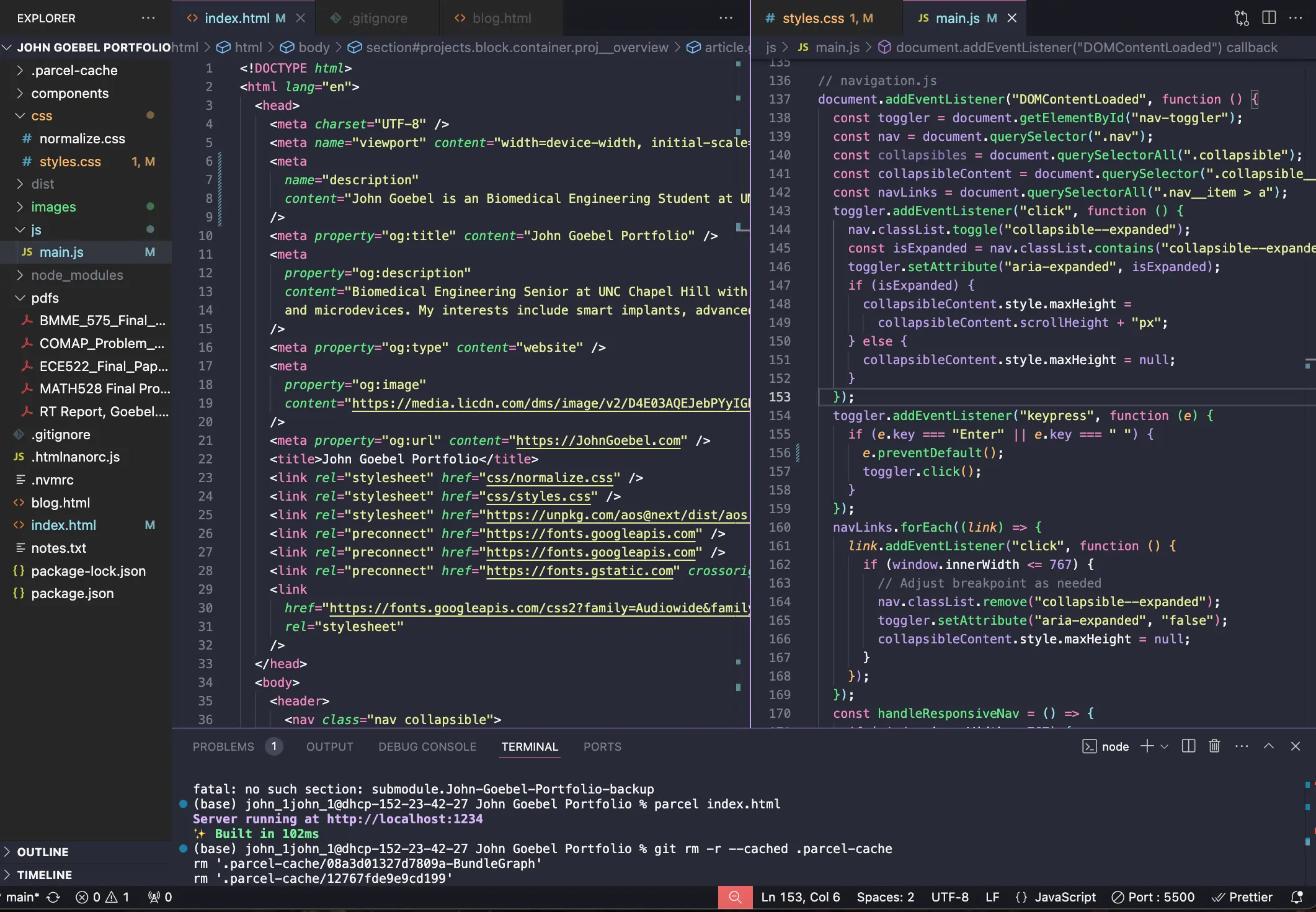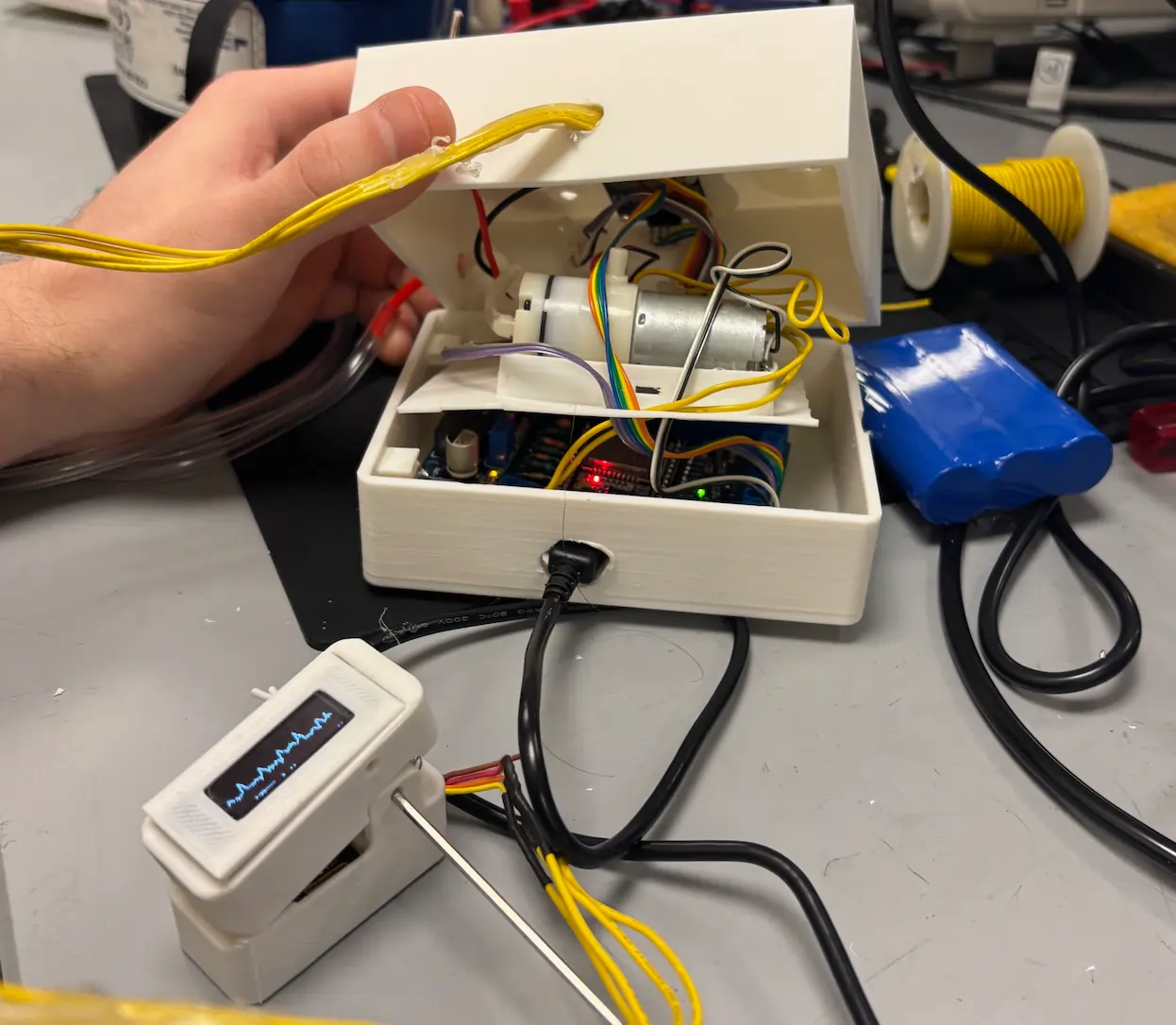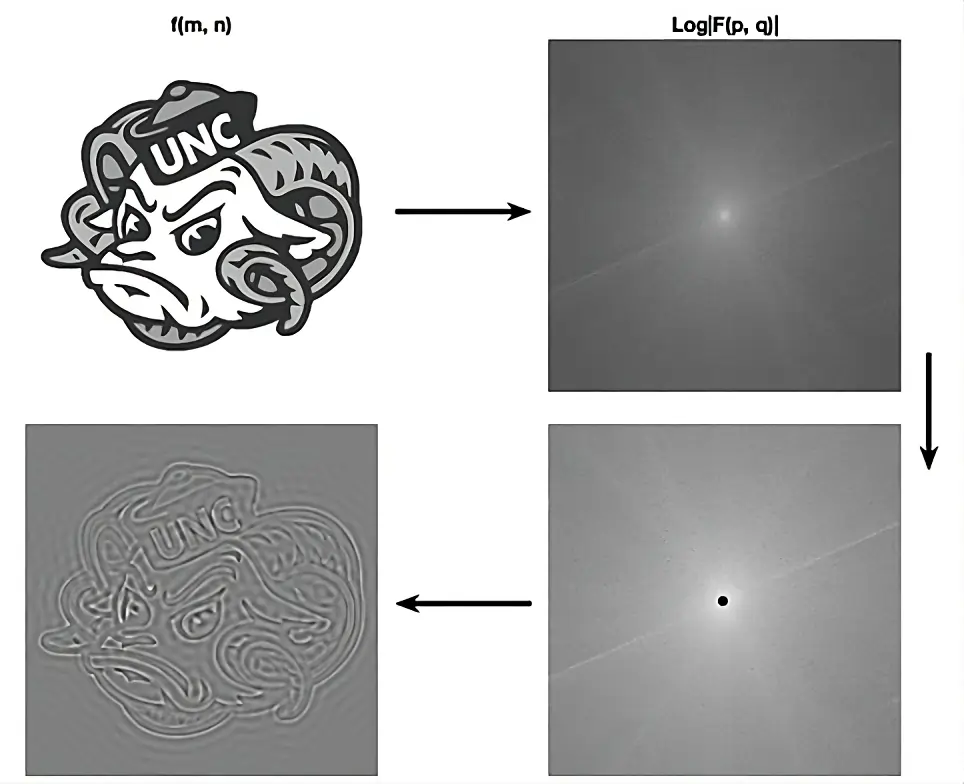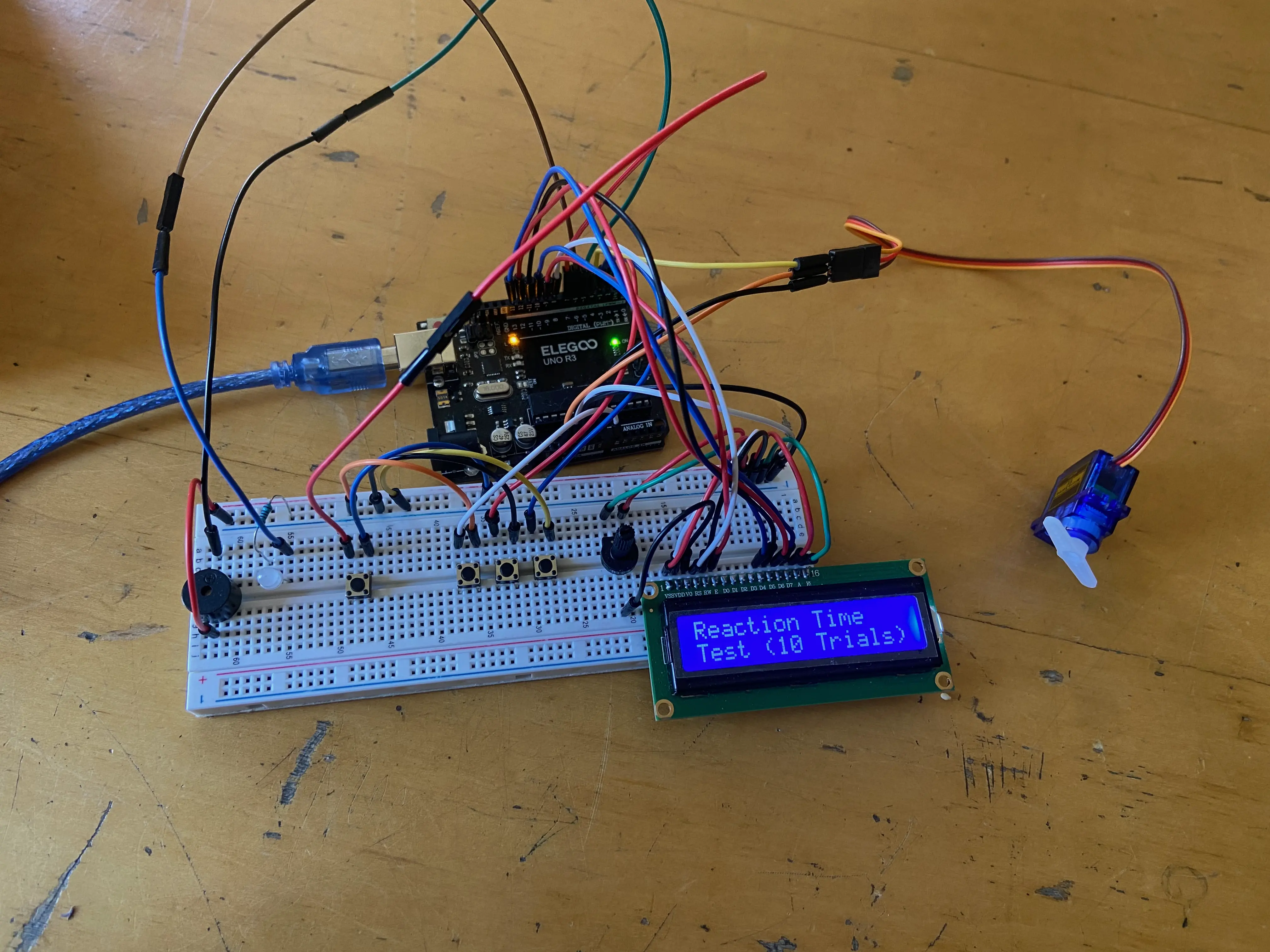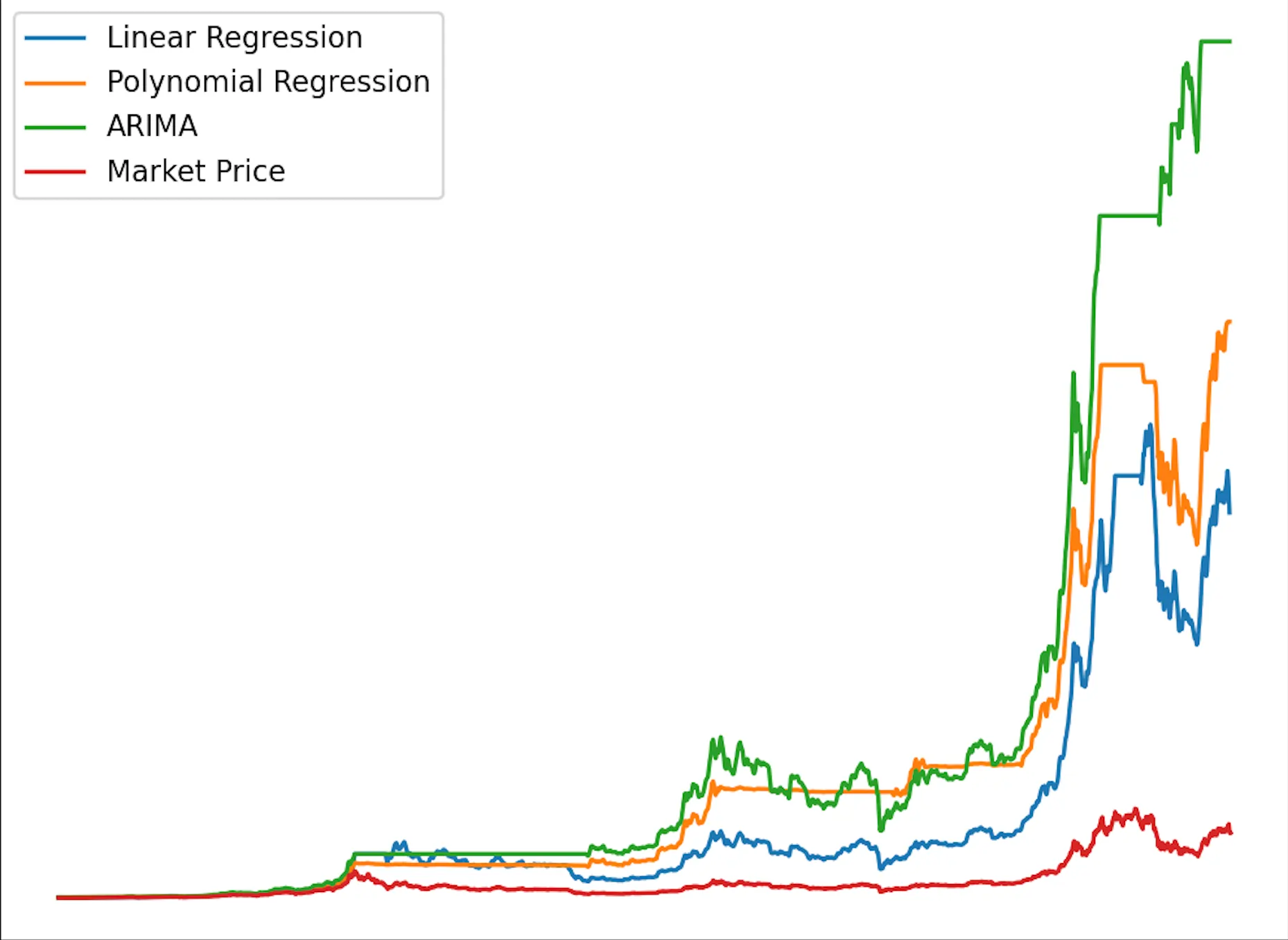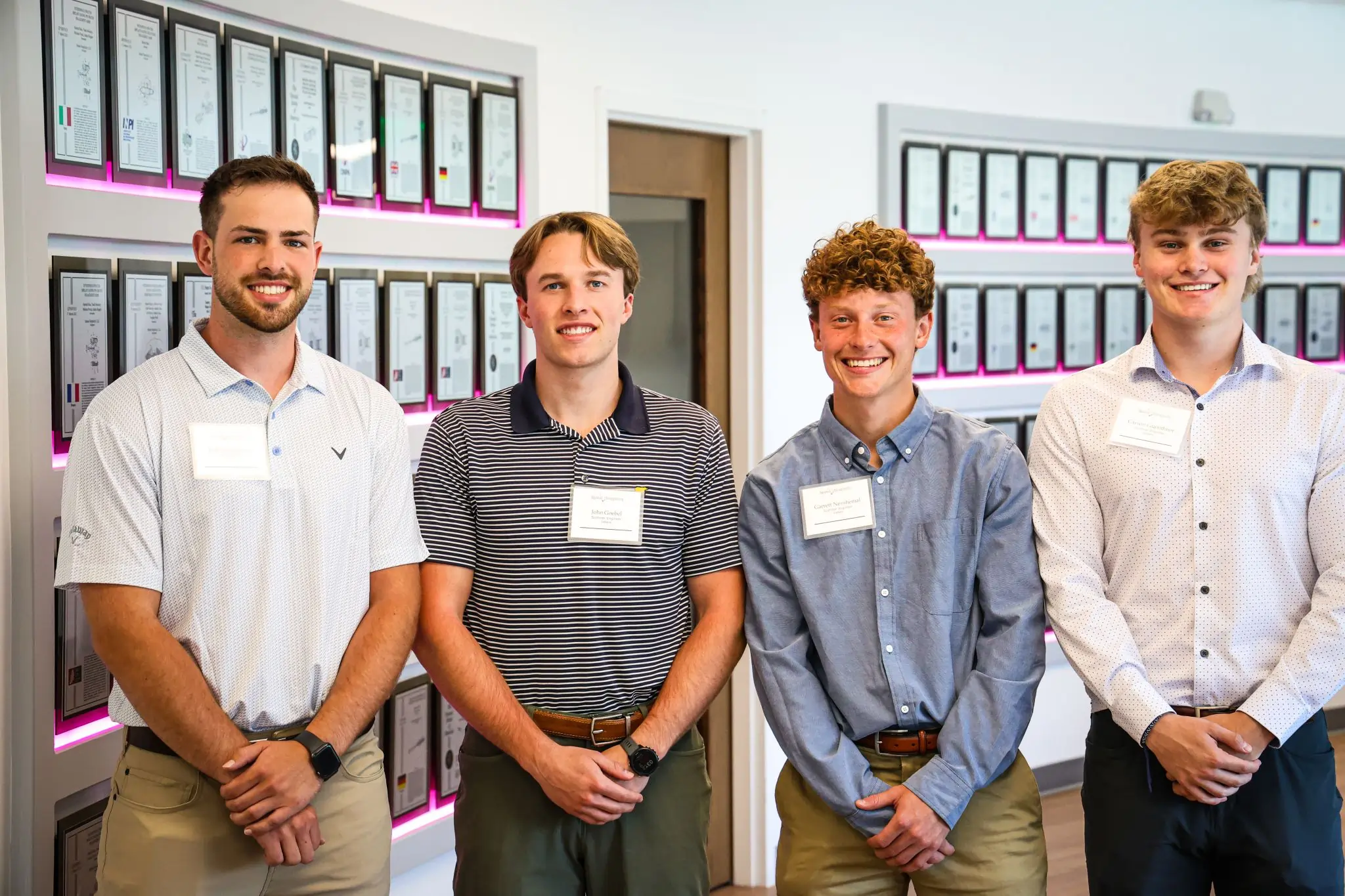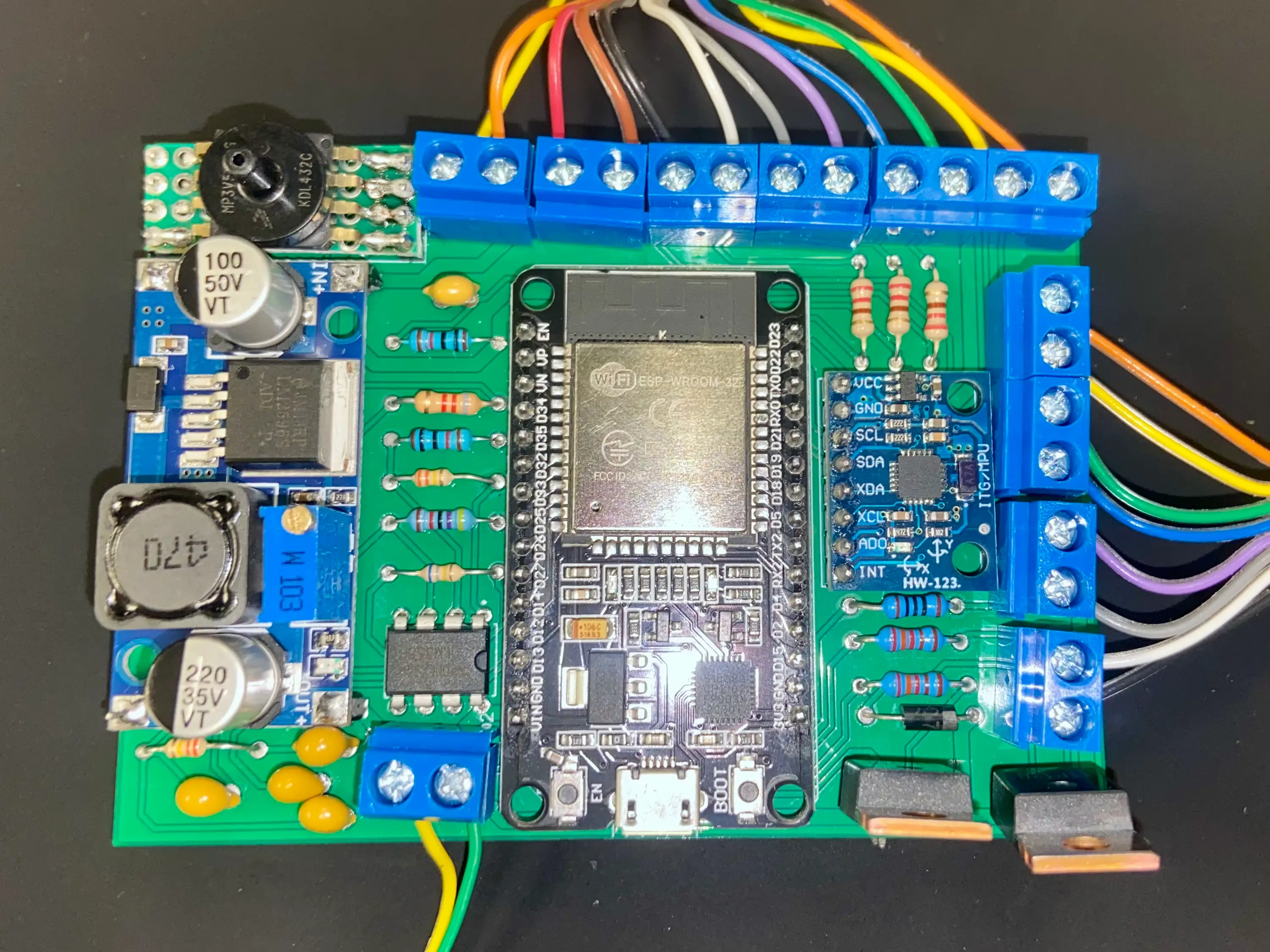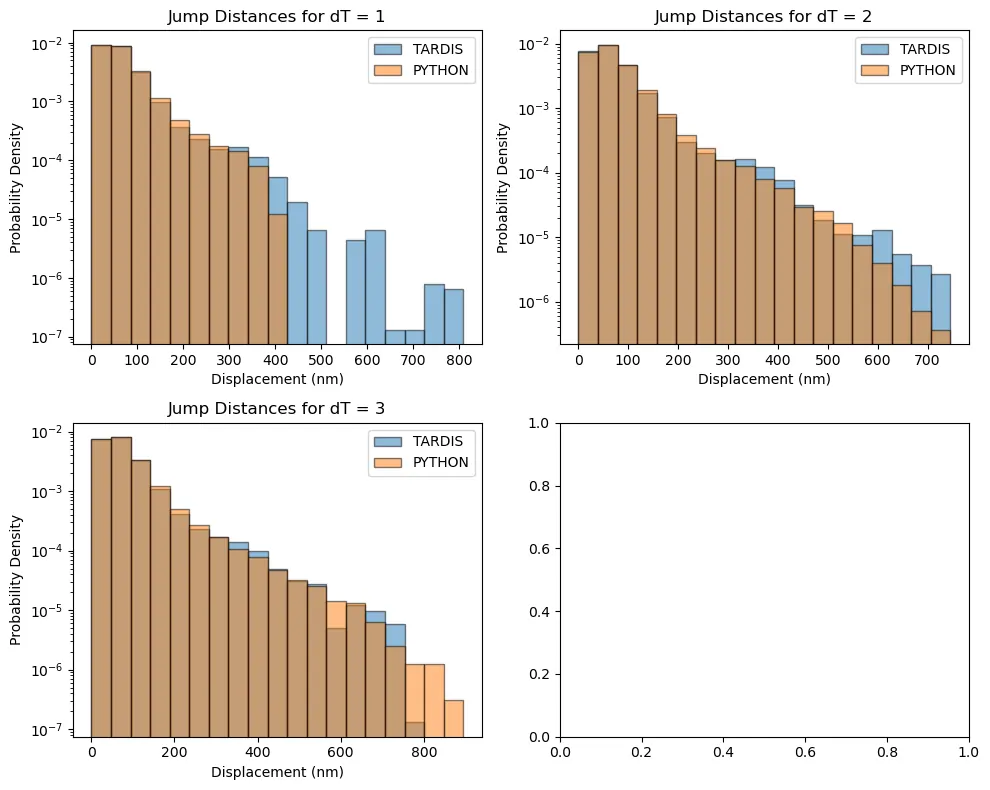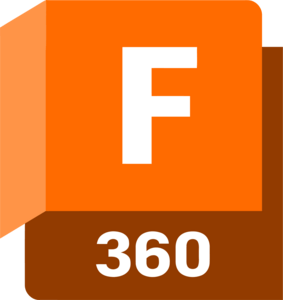
Total Knee Replacement Goniometer
May 2025
Patients undergoing total knee replacement surgery often lack at-home resources to monitor their knee joint angle and range of motion during physical therapy. This electronic and wearable goniometer displays the joint angle in real time on a screen with Bluetooth compatibility. My role in this project involved all electronics, including designing a fully custom battery charging and regulation circuit, USB-C 3.1 communication, power delivery triggering, latching circuits for power and angle direction mode switching, custom ESP32 microcontroller circuitry, etc.


